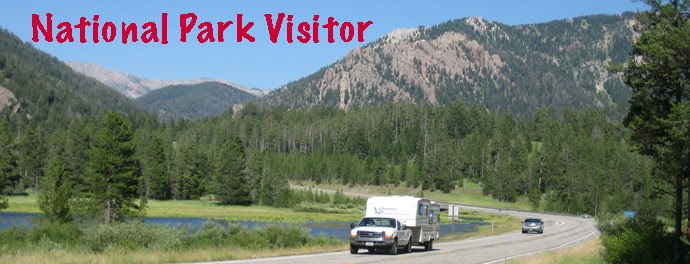 Scandal. Political intrigue. Inferred election fraud? No, we're not talking about Quartzsite, Arizona, but the mid-1800's in Fort Scott, Kansas. If you're a history buff, and just like prowling around "old stuff," then Fort Scott National Historic Site is the stop for you. And thanks to the National Park Service, the place is still holding together, and ready for visitors.
Scandal. Political intrigue. Inferred election fraud? No, we're not talking about Quartzsite, Arizona, but the mid-1800's in Fort Scott, Kansas. If you're a history buff, and just like prowling around "old stuff," then Fort Scott National Historic Site is the stop for you. And thanks to the National Park Service, the place is still holding together, and ready for visitors.It's a place rife with old buildings and old furniture. While you may not run into any "spirits" the spirit of frontier history still lives on. Fort Scott focuses on many historical topics: Westward expansion. Civil War. The treatment of American Indians and Black slaves. History is interpreted through the site's structures: A total 0f 20 of them, of which 11 are the original item.
Fort Scott's designer, one Thomas Swords, desired to make Fort Scott the "Crack Post of the Frontier." We're not so sure that Swords should have given up his day job. Few of us, including military enlistees, would enjoy sleeping two in a bunk, a Sword's 'better idea.' But you may be intrigued by the period artifacts including dishes, furniture, and a surgeon's field surgery set--but that didn't include an MRI machine.
It's not "dead history," the Service also provides revived living history programs. Coming up on the first Friday and Saturday of December comes the annual candlelight tour, where full dress actors reenact history. This year the focus of the program will be the Civil War and Fort Scott's involvement. During summer weekends be prepared to stop up your ears during artillery demonstrations, or for those of us on a diet, stopping up your nose to ward off that wafting odor of fresh baked bread.
In any event, point your web browser to the Park Service's official web site.
nps photos


